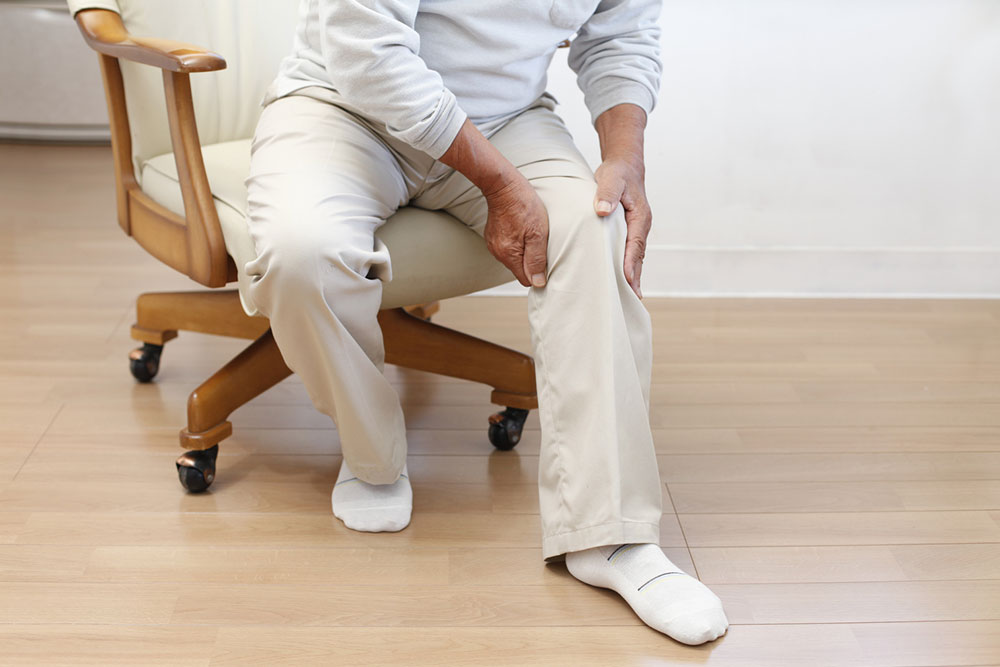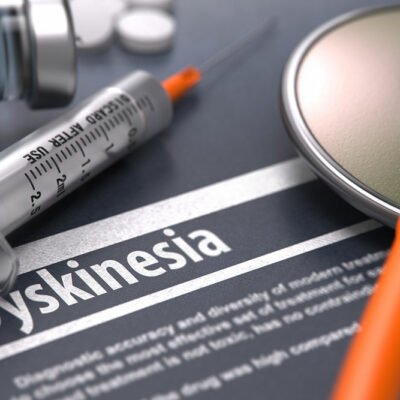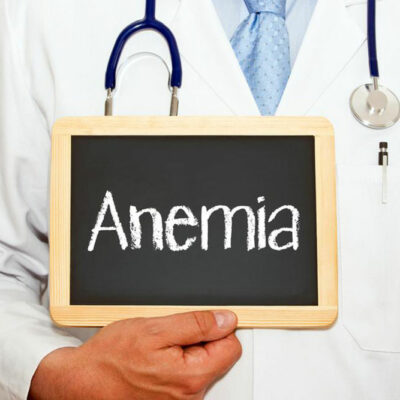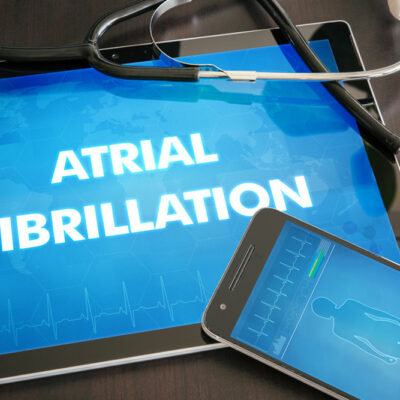
The stages of gout
The progression of gout is divided into four stages based on the intensity of the symptoms. They are briefly explained below:
- Stage 1 – Asymptomatic hyperuricemia : This is the period before the first gout attack. There are no symptoms of an attack at this stage, but the uric levels in the blood are high, and crystals form in the joints. Treatment is usually not necessary at this stage.
- Stage 2 – Acute gout or a gout attack : At this stage, the sodium urate crystals that have accumulated in the joints form deposits that cause pain and swelling, and redness develops in the area. The symptoms develop very quickly, and the pain becomes very intense within 8 to 12 hours. It usually starts at night, when the uric acid levels are high in the blood. The trigger for this attack is a spike in the levels of uric acid, which may be caused by alcohol consumption, stress, or medication. The symptoms ease in a few days and most likely go away in a week or 10 days. The likelihood of recurring attacks is high, though some people never experience a second attack at this stage. An estimated 60% of those who have a gout attack have a second one within a year, and around 85% may have another attack within 3 years. The condition should be monitored, and a plan for treatment should be ready in the case of future attacks so as to prevent joint damage.
- Stage 3 – Interval or inter-critical gout : This is the time period between two attacks. There may not be any pain or symptoms during this period, but the gout is not gone. The functioning of joints will seem to be normal, but the uric acid crystals will continue to deposit in the joints and will accumulate without any symptoms. This will, eventually, lead to another attack if the uric acid levels are not brought down. This stage is the best time to start managing the condition, which can be done through medication and lifestyle changes to prevent future attacks and chronic gout.
- Stage 4 – Chronic tophaceous gout : This is the most debilitating stage of gout, and it develops when people with the condition have very high uric acid levels over many years and are not controlled with treatment. At this stage, the attacks are more frequent, joint pain is very intense, and it does not go away as earlier. This can be called the final stage of gout. It is comparable to a form of chronic arthritis, which causes permanent damage to the cartilage and bones in the affected joints. Joint damage may also lead to loss of mobility. The skin around the affected area will itch and peel. The patient may develop nodules of uric acid, called tophi, around the soft tissue around their joints. Proper care taken at the inter-critical stage can prevent this chronic condition. Medical consultation is needed to make a treatment plan and follow it to prevent this complication.


